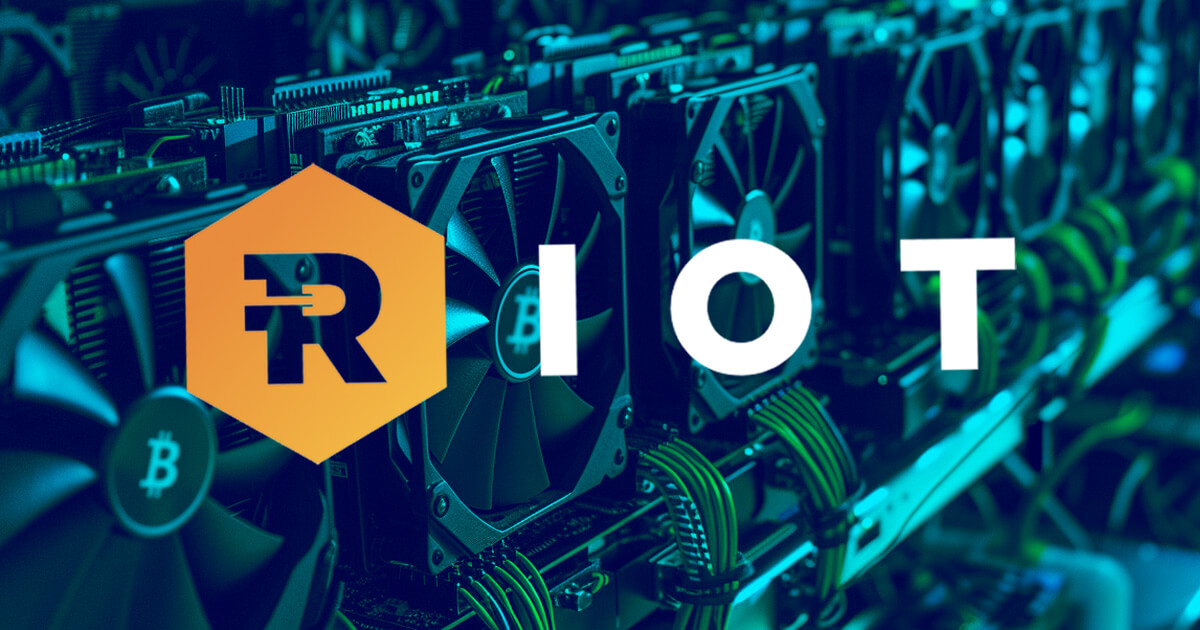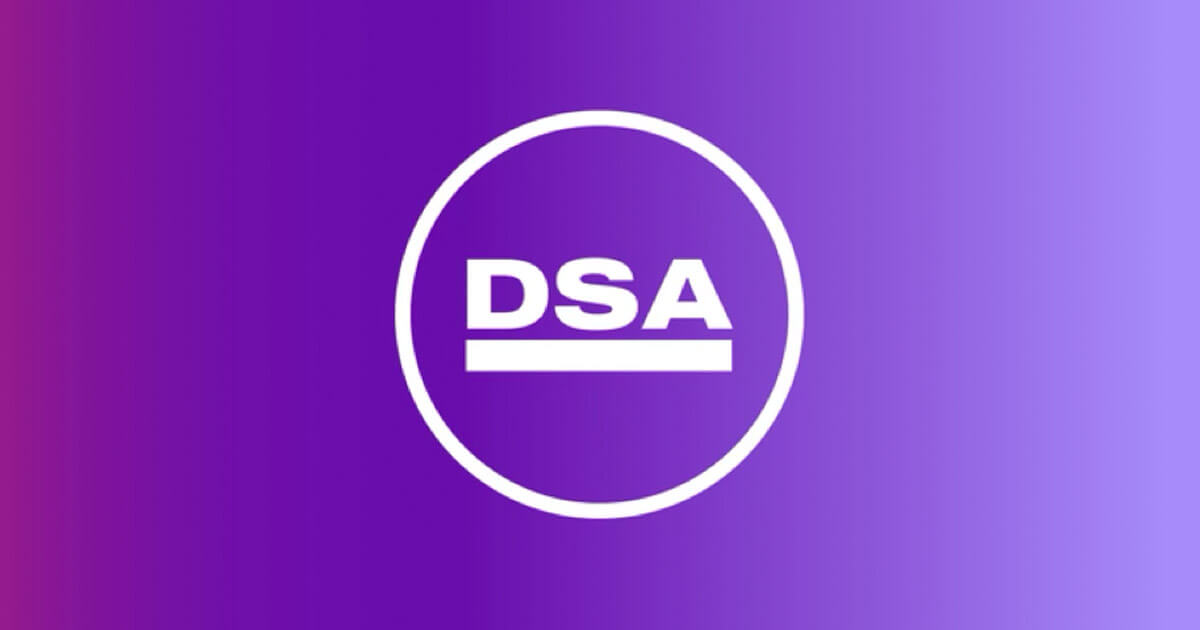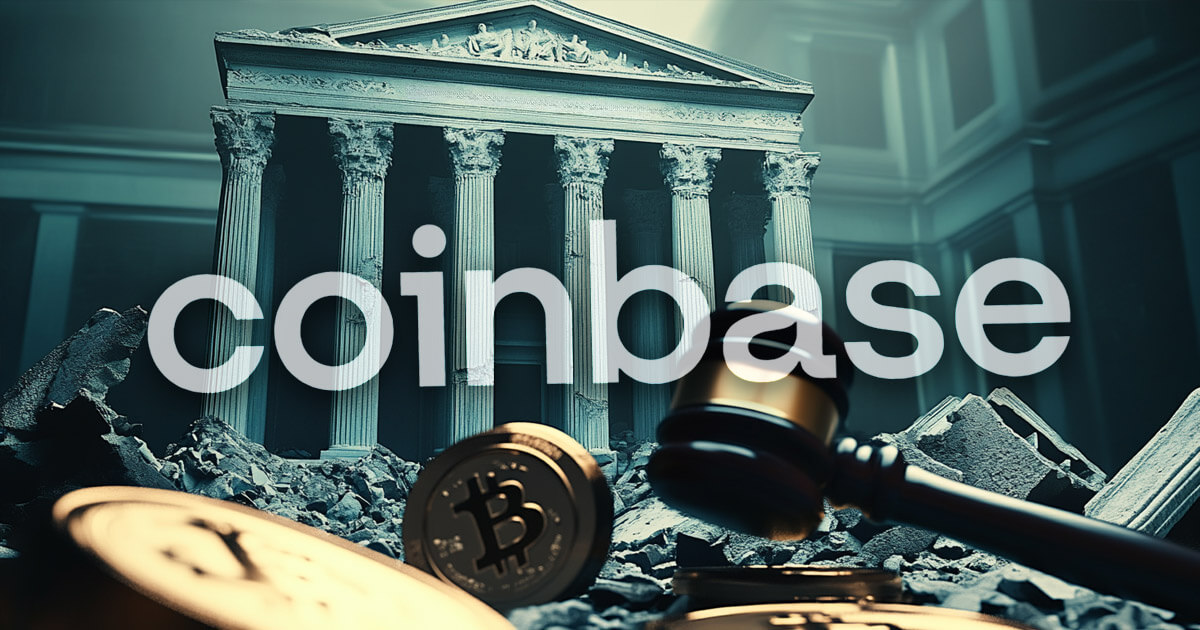 Shardeum: The Layer-1 That’s Making Blockchain More Accessible for Developers News Desk · 36 mins ago · 3 min read
Shardeum: The Layer-1 That’s Making Blockchain More Accessible for Developers News Desk · 36 mins ago · 3 min read
Shardeum is revolutionizing blockchain decentralization and scalability with its autoscaling EVM-based architecture and lightweight node requirements.
Published May. 5, 2025 at 9:00 am UTC

Cover art/illustration via CryptoSlate. Image includes combined content which may include AI-generated content.
Disclosure: This is a sponsored post. Readers should conduct further research prior to taking any actions. Learn more ›
Balancing Security, Decentralization, Scalability, and User Experience
Building in Web3 comes with challenges—scalability, accessibility, affordability, and decentralization often compete against each other, forcing developers to make trade-offs that limit real-world adoption. Most Layer 1 blockchains struggle to balance these factors, leading to high fees, congestion, or centralization risks. Shardeum’s unique architecture was built from the ground up to make it easier to build a node, creating a more inclusive and decentralised ecosystem.
Find out why Shardeum, an autoscaling EVM-based L1 blockchain, is poised to be the most user-friendly and inclusive platform for developers to build on with low barriers to entry, predictable fees, and a truly decentralized validator network.
The technology: Solving the scalability trilemma
Shardeum is designed for autoscaling, where transaction throughput will increase as the network expands. As part of its phased rollout, dynamic state sharding will be introduced post-mainnet to ensure sustainable scalability while maintaining decentralization and low fees.
Unlike other Layer-1 blockchains that require expensive hardware or large staking amounts, Shardeum ensures validator accessibility from Day 1. Its lightweight node requirements allow anyone to run a validator with minimal hardware, reinforcing decentralization and community-driven security. This means anyone, anywhere can run a node on standard hardware—without needing expensive infrastructure.
Shardeum’s testnet growth also reflects strong developer adoption and community-driven decentralization, where it surpassed 81 million transactions, 1.2 million participants, and 171,000 validators – the highest number of physically run nodes among Layer 1 blockchain testnets. This showcases the ecosystem’s growing adoption and the low barriers to entry as a validator. The community has been intimately engaged in strengthening the ecosystem with reward-based social challenges and validator activities. This sentiment was especially displayed during Shardeum’s recent 4-stage incentivized testnet (ITN), with over 60 million transactions, 750,000 participants and over 52,000 validators within a few months, making it one of the best-performing L1 ITNs.
The level of community participation is rarely documented for public testnets.
The community: Open-sourcing and co-creation
Anyone, anywhere in the world, can develop on Shardeum – and they do. What truly powers Shardeum’s success is the community. The protocol champions open-source development and two-way communication, fostering a truly inclusive community globally.
The stats say it all:
- 150+ ecosystem projects
- 202,000+ public validators
- 1.5+ million community members
- 1.4+ million accounts
- 81+ million transactions
- 700,000+ Discord members
- 350,000+ Twitter followers
- 80,000+ Telegram members
Shardeum’s developer-centric focus is also evident in its global events, technical education and resources via Shardeum University, and direct communication between builders and the core team. Shardeum’s guiding philosophy of OCC (Open, Collaborative, Community) has created a groundswell globally, making web3 technology more in reach for all. This emphasis on community and education further facilitates a better overall user experience, making building on Shardeum all the more seamless.
The future: Inspiring more blockchain devs
By removing technical barriers and offering predictable, low fees, Shardeum encourages more developers to move into blockchain, which can help solve the chronic web3 developer shortage. The low, predictable fees make it more attractive to build gaming, social or retail platforms and reimagine current applications without worrying about high transaction costs or scalability bottlenecks.
With more developers building in the blockchain, there will be a surge in innovation and more products to market. We’ll see new initiatives touch the previously under-served areas such as education, the environment, and essential services.
Shardeum is designed to be the most accessible Layer-1 blockchain, making it easier for developers to build and validators to participate. With its mainnet launch taking place May 5th, now is the time to get involved—whether by becoming a validator, contributing to the ecosystem, or building dApps as Shardeum expands its set of features. As its phased rollout continues post-mainnet, features like dynamic state sharding will ensure scalable, low-cost transactions while maintaining decentralization and accessibility. The Shardeum ecosystem embodies the principles of the early internet, responding to the problems of the previous chains and reimagining the peer-to-peer experience.
Shardeum’s highly anticipated mainnet launch is scheduled for May 5th, 2025, marking a major milestone in its phased rollout of features. Shardeum recently launched its ongoing token sale.
Mentioned in this article
Disclaimer: Our writers' opinions are solely their own and do not reflect the opinion of CryptoSlate. None of the information you read on CryptoSlate should be taken as investment advice, nor does CryptoSlate endorse any project that may be mentioned or linked to in this article. Buying and trading cryptocurrencies should be considered a high-risk activity. Please do your own due diligence before taking any action related to content within this article. Finally, CryptoSlate takes no responsibility should you lose money trading cryptocurrencies.














































